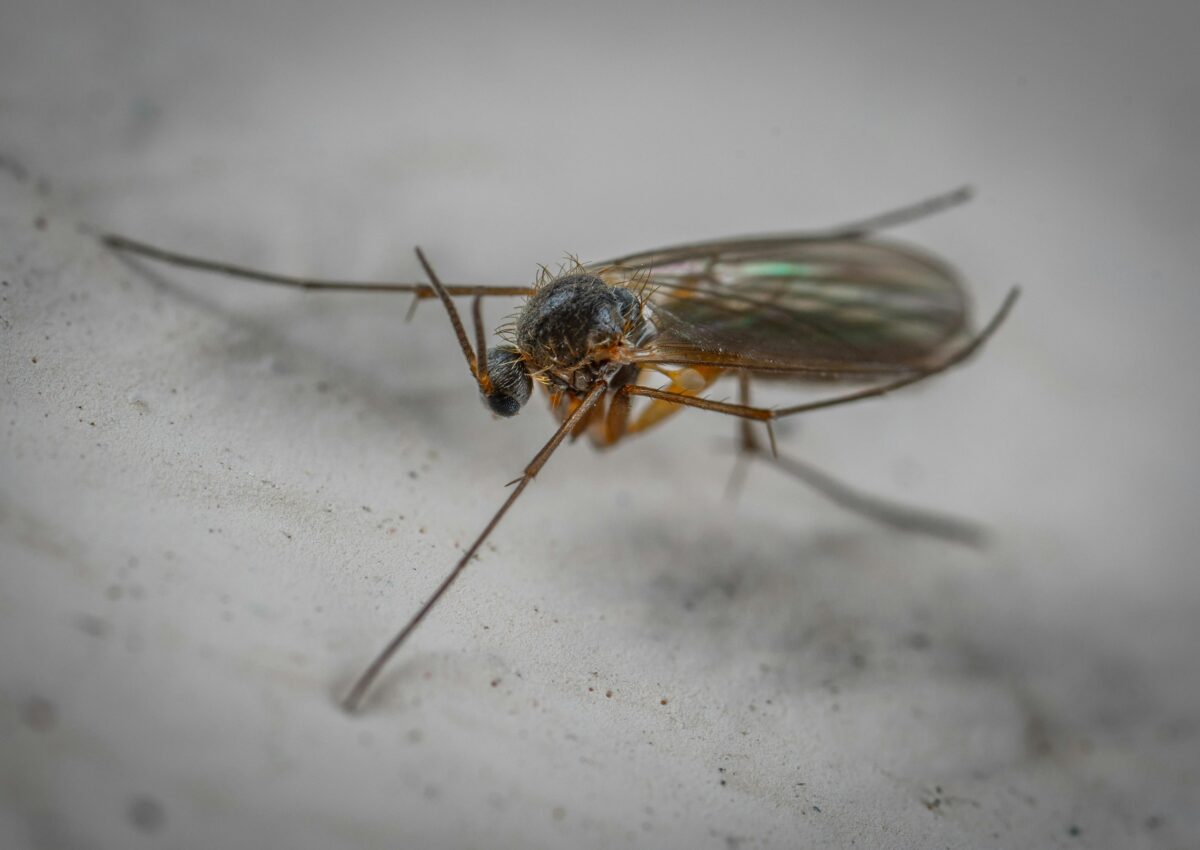If you’ve noticed tiny black flies buzzing around your indoor plants, don’t panic it’s a super common issue. Those little pests are likely fungus gnats, and while they’re harmless to humans, they can be an annoying nuisance for plant lovers.
The good news? They’re totally manageable with a few easy steps. Whether you’re new to houseplants or a seasoned green thumb, here’s everything you need to know to kick gnats to the curb and get your indoor jungle back in balance.
Why Do Gnats Invade Indoor Plants?
Fungus gnats love moist, overwatered soil, which is why they’re so common in indoor plant setups. Their larvae live in the top layer of soil and feed on organic matter and sometimes tender plant roots. Overwatering creates the perfect environment for them to breed, especially in pots without proper drainage.
Step-by-Step Ways to Get Rid of Gnats (Naturally!)
1. Let the Soil Dry Out
The fastest and easiest fix is to cut back on watering. Allow the top 1–2 inches of soil to dry completely between waterings. This helps kill off gnat larvae and makes the soil less inviting for adult gnats to lay eggs.
2. Use Sticky Traps
Yellow sticky traps are your best friend here. Stick them near the base of your plants or directly into the soil. Adult gnats are drawn to the color and get stuck on contact, which helps break their breeding cycle.
3. Try a Sand or Cinnamon Top Layer
Add a thin layer of horticultural sand or ground cinnamon on top of your potting soil. Sand dries quickly, making it difficult for gnats to lay eggs, while cinnamon has natural antifungal properties that discourage larvae.
4. Switch to Bottom Watering
Instead of watering from the top, try bottom watering by placing the pot in a tray of water and letting the roots soak it up. This keeps the topsoil dry, discouraging gnats while still hydrating your plant.
5. Use Neem Oil or Hydrogen Peroxide Spray
For stubborn infestations, you can make a DIY spray using diluted neem oil (natural insecticide) or a solution of 1 part hydrogen peroxide to 4 parts water. Gently spray the top layer of soil—this kills larvae without harming your plant.
Pro Tips for Prevention
- Always use well-draining soil and pots with drainage holes
- Avoid leaving standing water in saucers
- Remove dead leaves or organic matter from the soil surface
- Quarantine new plants for a few days before placing them with others
Final Thoughts
Dealing with gnats can be frustrating, but it’s a totally fixable issue—especially if you catch it early. A little soil TLC, a few smart swaps, and you’ll be back to enjoying your gnat-free plant babies in no time. Remember: even the best plant parents get pests. You’ve got this!
